“The best idea we ever had” is what American environmentalist, historian and novelist Wallace Stegner called our national parks. In 1983, he wrote: “National parks are … absolutely American, absolutely democratic, they reflect us at our best rather than our worst.”
I wholeheartedly agree, but I think there’s another stellar notion that stands alongside that one for reminding us of the importance of conserving and protecting precious and unique places. And this one’s not only on the national level but the global one, as well: the Antarctic Treaty.
The Antarctic Treaty was signed on December 1, 1959. It set aside Antarctica—which represents 10 percent of the planet— “forever to be used exclusively for peaceful purposes and shall not become the scene or object of international discord.” It recognizes the continent as a preserve for peace and scientific study, and it went into effect with 12 original signatories: Argentina, Australia, Belgium, Chile, France, Japan, New Zealand, Norway, South Africa, the United Kingdom, the United States and the U.S.S.R. Today, more than 50 nations recognize the treaty. It is the foundation upon which decades of scientific achievements and advancements rest.
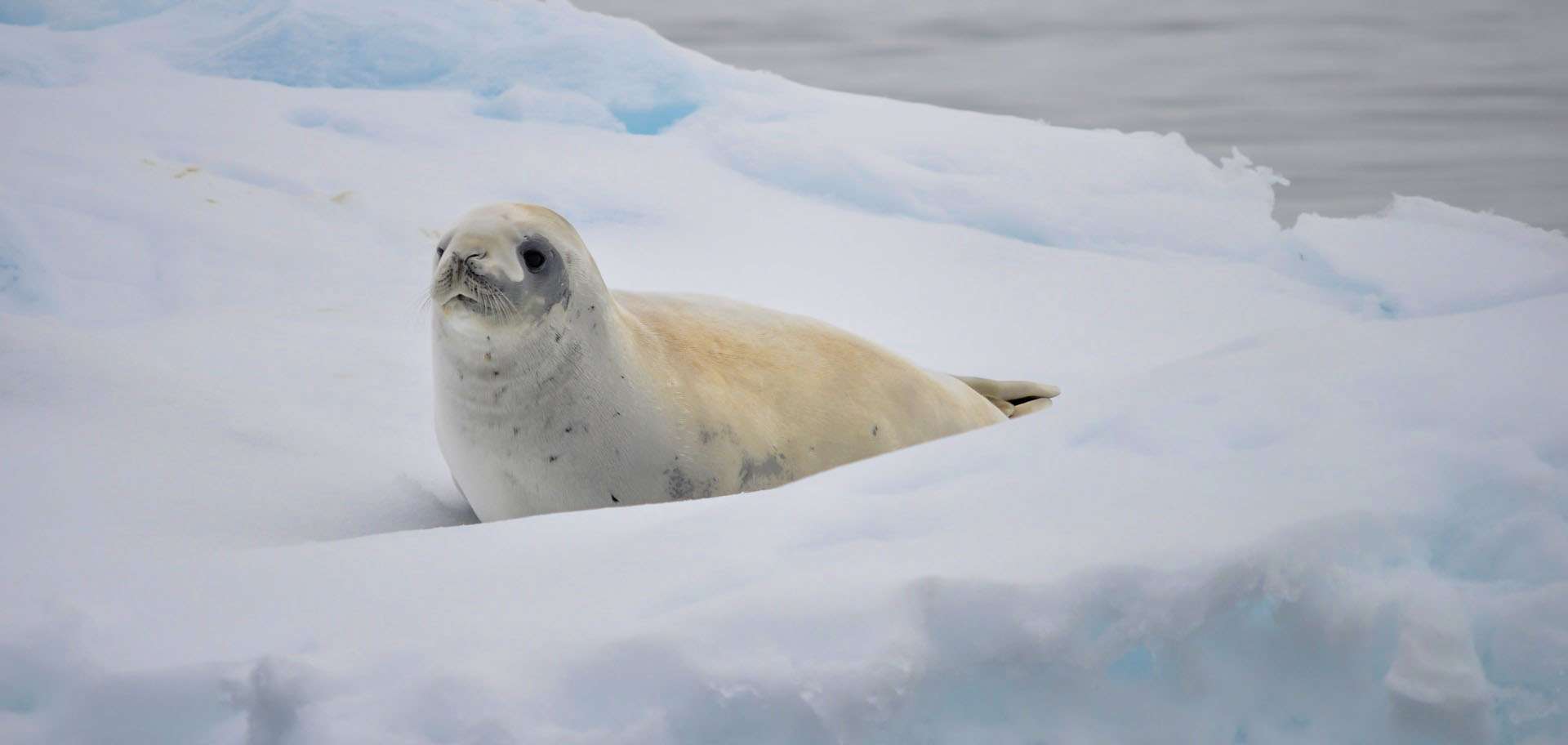
The ocean surrounding the Antarctic continent supports masses of sea life, including five species of dolphins, five species of penguins, nine species of whales and six species of seals. The nutrient-rich waters encourage blooms of tiny plankton, the basis of the ocean food chain.
Antarctica is also a popular place with nature travelers. But are all those tourists—about 74,000 prepandemic, far more than the annual number of scientific staff—going there to appreciate, learn about and become ambassadors for the White Continent, or is there another, more compelling reason?
In answer to that question, researchers think they’ve found a new trend—and it may not be what you’d expect.
The beginnings of Antarctica Day
Among its many groundbreaking provisions, the Antarctic Treaty froze territorial claims to the continent, banned nuclear weapons and waste there, and preserved the entire region south of 60 degrees latitude for peaceful purposes. The prohibition of military activities makes it effectively the first nuclear-arms-control agreement in history.
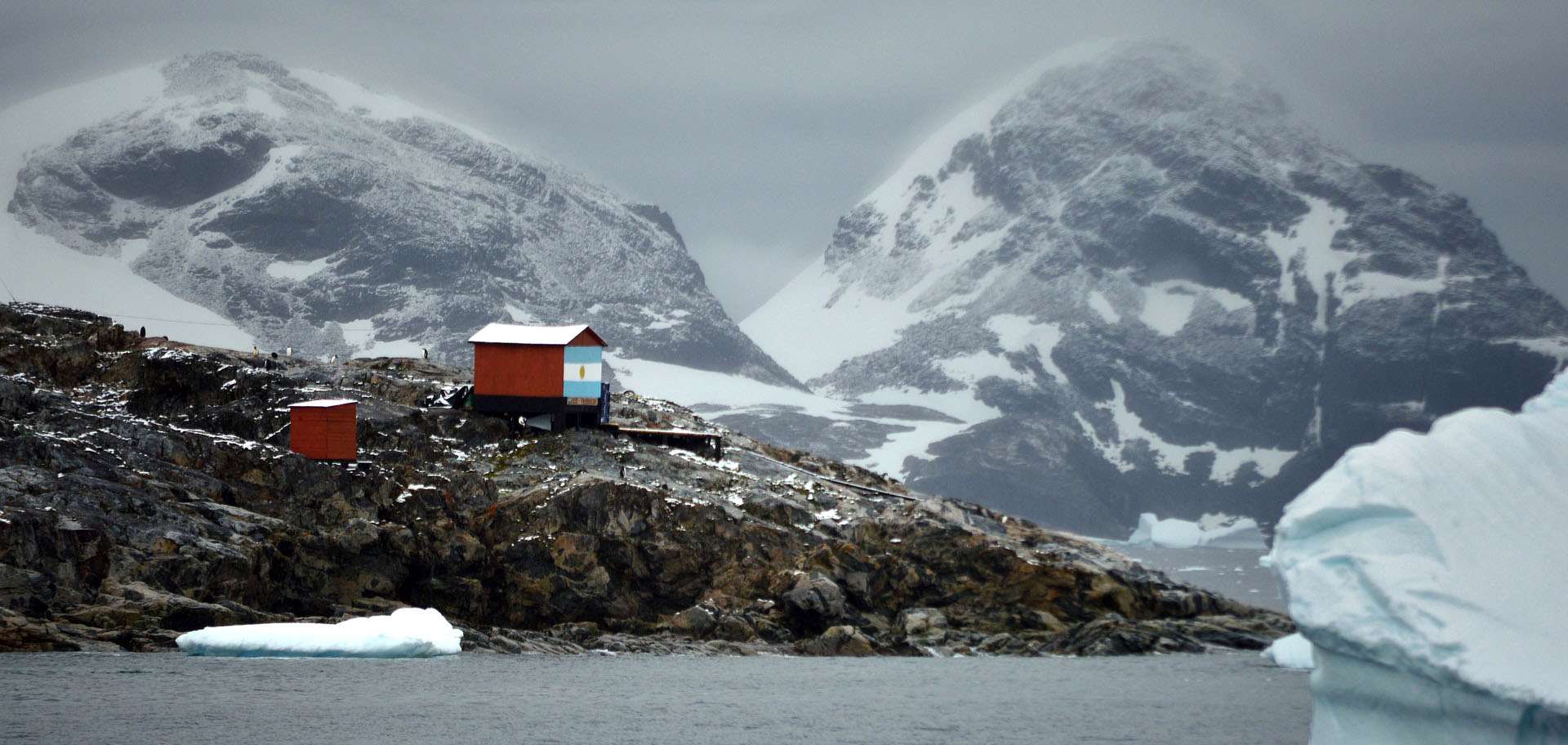
Scientific research conducted in Antarctica has three goals: (1) to understand the region and its ecosystems, (2) to understand Antarctica’s effects on and responses to global processes, such as climate change, and (3) to use the region as a platform to study the upper atmosphere and space.
For those reasons and more, the Antarctic Treaty is worthy of celebration and honor. Antarctica Day was established by the Foundation for Good Governance of International Spaces in 2010 to commemorate the continuation of the treaty. Along with Midwinter Day—an annual jubilee held on the day of the southern winter solstice (June 20 or 21)—Antarctica Day is one of the continent’s two principal holidays. It is a celebration for personnel overwintering at Antarctic research stations, although some people off the continent observe it, as well.
The importance of climate research
For the United States, the National Science Foundation (NSF) provides the oversight for scientific endeavors in the region, including logistical and programmatic support to thousands of scientists who travel to the continent each year to conduct research in fields ranging from astronomy to meteorology to paleontology. Some of the most important work there involves climate change studies.
Scientists say that Antarctica is ground zero for understanding global climate change and its effects on society. The continent, its ice sheets and surrounding oceans play a crucial role in the distribution of heat over our planet and the extent of sea-level rise. They also show how Earth-system processes affect the marine resources that humans depend on.
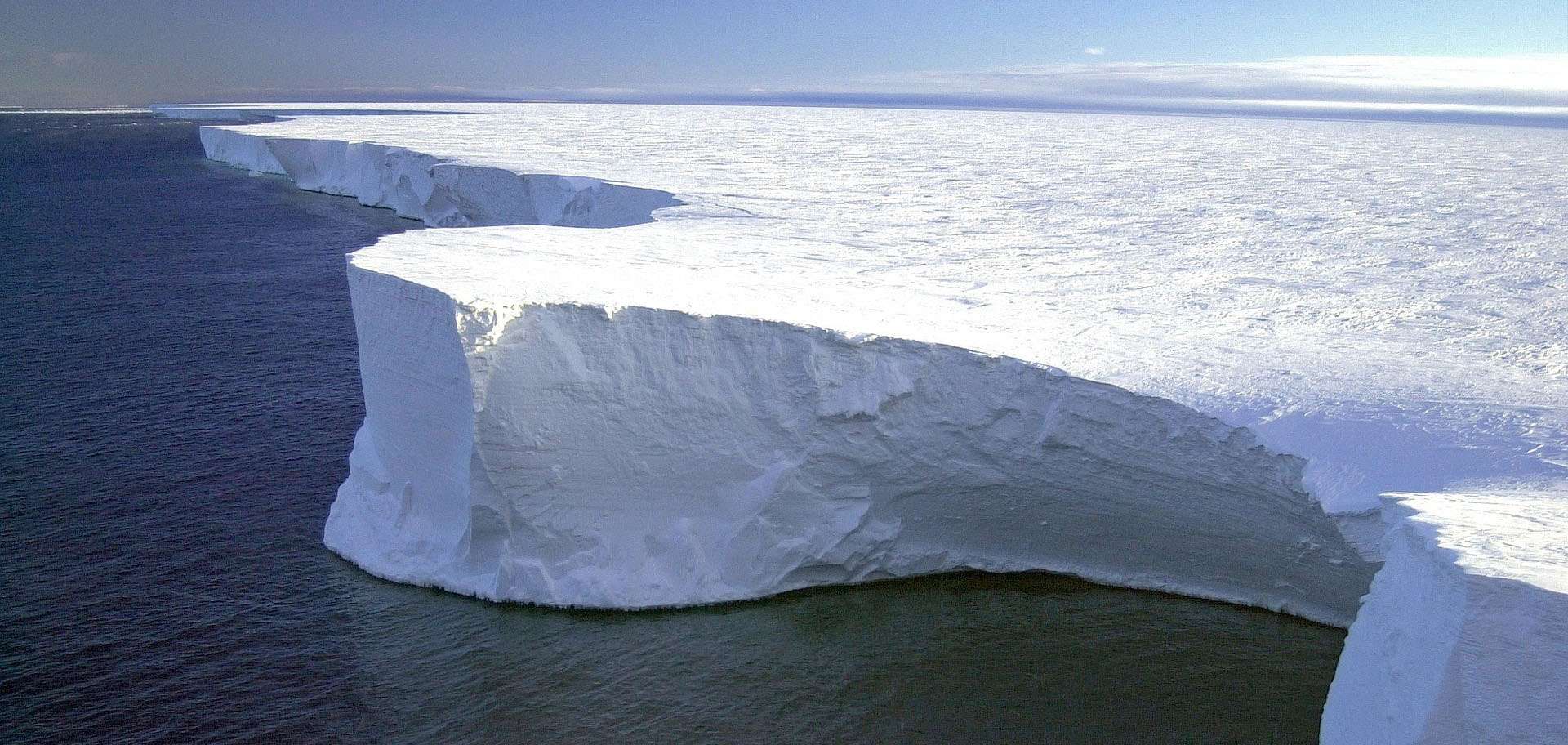
Antarctica has a profound effect on the Earth’s climate and ocean systems. Locked in its two-and-a-half-mile-thick ice sheet is a unique record of what our planet’s climate was like over the past 1 million years.
For example, over the past 30 years, the amount of ice flowing out of Antarctica’s Thwaites Glacier has nearly doubled. Warm ocean water from the Amundsen Sea circulates under the ice, creating melt, which loosens the ice from the bedrock below. This hastens flow and glacial retreat and contributes to rising sea levels.
The International Thwaites Glacier Collaboration, supported jointly by the United States Antarctic Program and the British Antarctic Survey, is exploring marine sediments and the ocean, measuring currents flowing toward the deep ice and examining the bending, grinding and stretching of the glacier over the landscape below. The stakes here are worldwide: should the Thwaites Glacier collapse, the ice released could raise sea levels by as much as 11 feet. Scientists are still trying to determine how long this will take: centuries or just decades.
Another aspect of climate change studied in Antarctica by NSF researchers is the impact of warming temperatures on Antarctic ecosystems. Over the last two decades, demographic studies of Adelie penguins in the Ross Sea explored several potential mechanisms for the birds’ population changes. This research is helping us to better understand population dynamics and how penguin colonies might respond to future environmental changes.
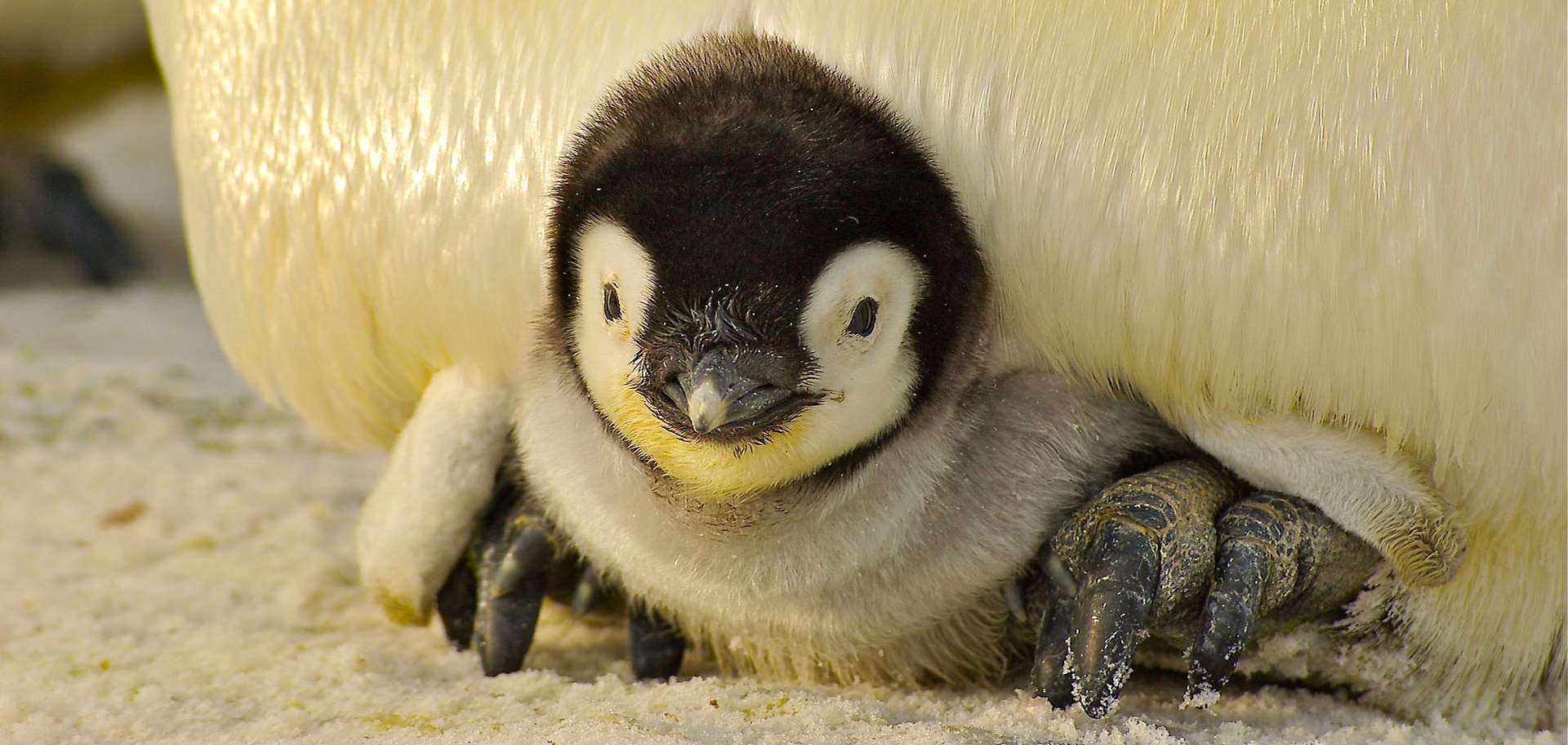
In a recent study, people in the “social bonding” group didn’t mention anything about seeing wildlife as a principal reason for traveling to Antarctica. Rather, the place was chosen as a backdrop for a special occasion.
In the Antarctic Peninsula region, which is experiencing the most rapid climate warming on the planet, scientists involved in the Palmer Station Long-Term Ecological Research Study are determining how the rapid reduction of sea ice is affecting all levels of the food chain. Studies include many organisms in the food web, including bacteria, krill, penguins, phytoplankton, marine mammals, seabirds, viruses and zooplankton.
Antarctic researchers are literally at the tip of the iceberg, exploring new frontiers and seeking answers to some of the planet’s most important questions. None of this would be possible without the Antarctic Treaty.
The reasons for Antarctica travels
Some people travel to Antarctica for the experience and for learning, many go to fulfill a lifelong dream, others visit for the adventure, and there are those who go to socialize—such as to mark an anniversary, go on a honeymoon or to spend time with family for a holiday. It’s the social bonding group’s motivations that researchers find particularly interesting: people in that group didn’t mention anything about seeing penguins or other wildlife as the principal stimulus; rather, Antarctica was chosen as a backdrop for a celebration or event.
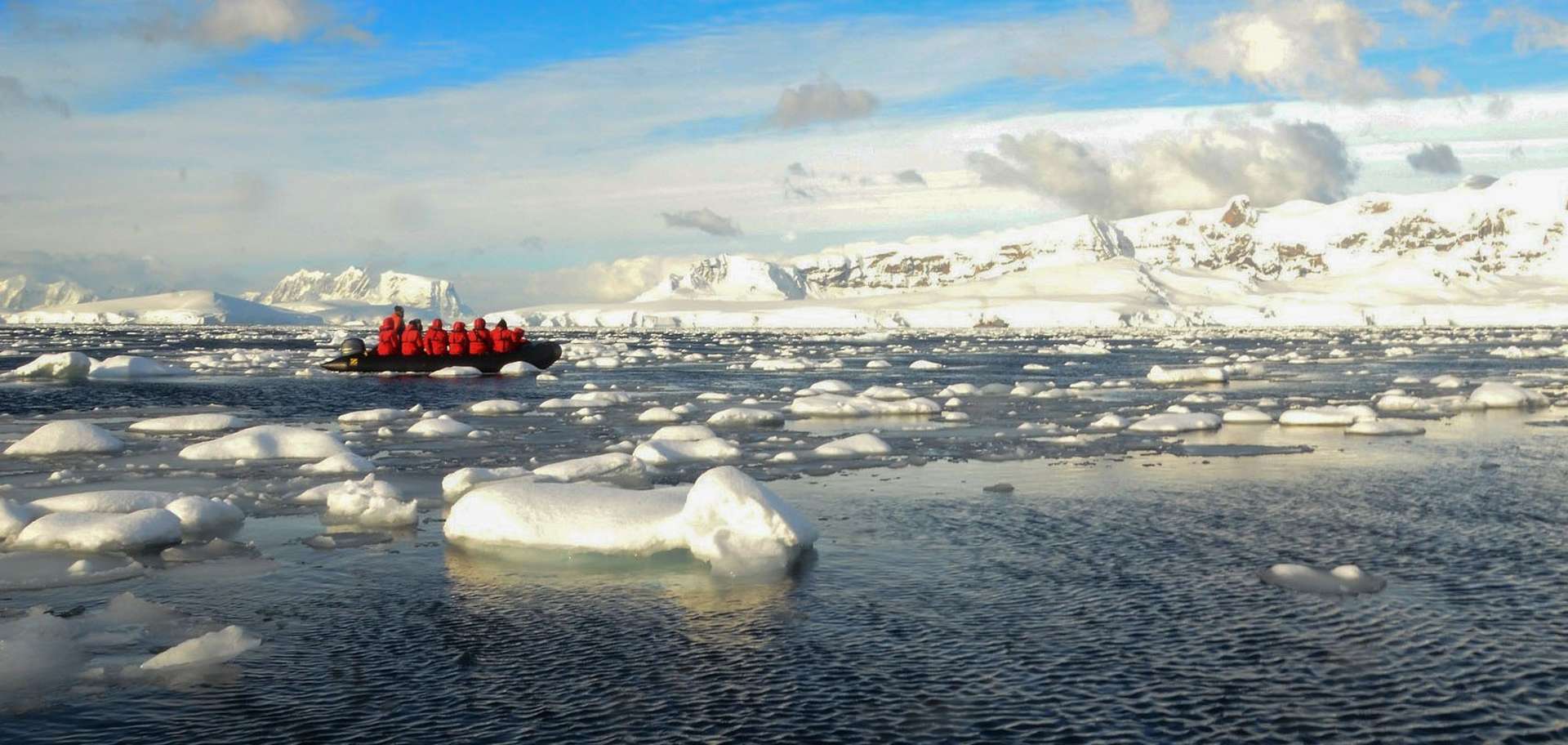
While Antarctic tourists are purported to have meaningful interactions with the unique environment, not much is known about how the journey shapes their later pro-environmental behaviors.
The researchers, whose findings were published in the Journal of Outdoor Recreation and Tourism in March 2022, launched their prepandemic study on tourism to Antarctica because travel to the continent has diversified and grown. In the 2019–2020 tourist season, more than 74,000 travelers went to Antarctica, which is double the number of tourists seen five years prior. While tourism can be a tool to inspire people to become ambassadors for the conservation of Antarctica—a fragile ecosystem facing crumbling glaciers, invasive species and wildlife diseases—it also can create challenges.
During the last two decades, a lot of new, different activities have been introduced to Antarctica, and there are also novel ways of traveling there. This is diversifying how you can access Antarctica—and the profiles of the tourists who visit.
To understand these new tourists’ motivations, researchers surveyed people before and after they traveled by airplane or ship to Antarctica during the 2019–2020 season. They found four main reasons tourists gave for traveling there: experience and learning (31 percent), social bonding (28 percent), adventure (23 percent) or to take a trip of a lifetime (17.5 percent).
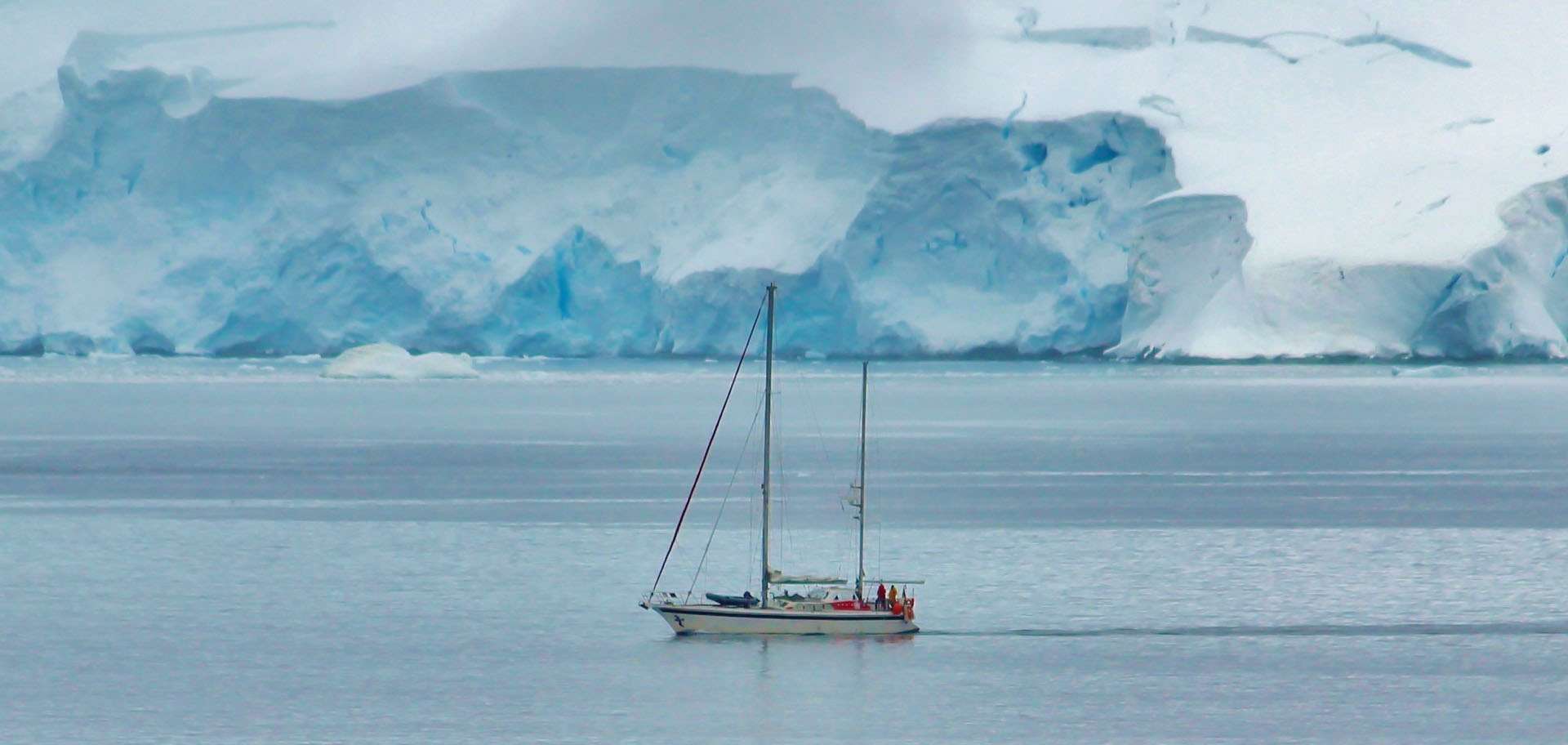
Tourism in Antarctica has been diversifying and growing. During the past 20 years, a lot of new activities have been introduced, and there are novel ways of traveling there, including by sailboat.
Many in the “social bonding” and “trip of a lifetime” groups saw Antarctica as a last-chance destination; a finding that researchers have also documented with other sites endangered by climate change, such as the Great Barrier Reef and the Arctic.
Now that we have more people traveling to Antarctica for social bonding, communicating with these tourists may require different strategies than those used in the past. For example, this kind of tourist may not want to attend lectures, and tour providers will have to better deliver conservation messages so that any changes they hope to make in people’s environmental concerns or behaviors will last in the long term.
When the scientists analyzed whether tourists in the various groups were more or less likely to have learned something from the trip—or perceived that they had learned something—they found that tourists in the “trip of a lifetime” group were more likely to have higher perceptions of learning. Tourists in the “experience and learning” group had the highest overall average score for actual learning.
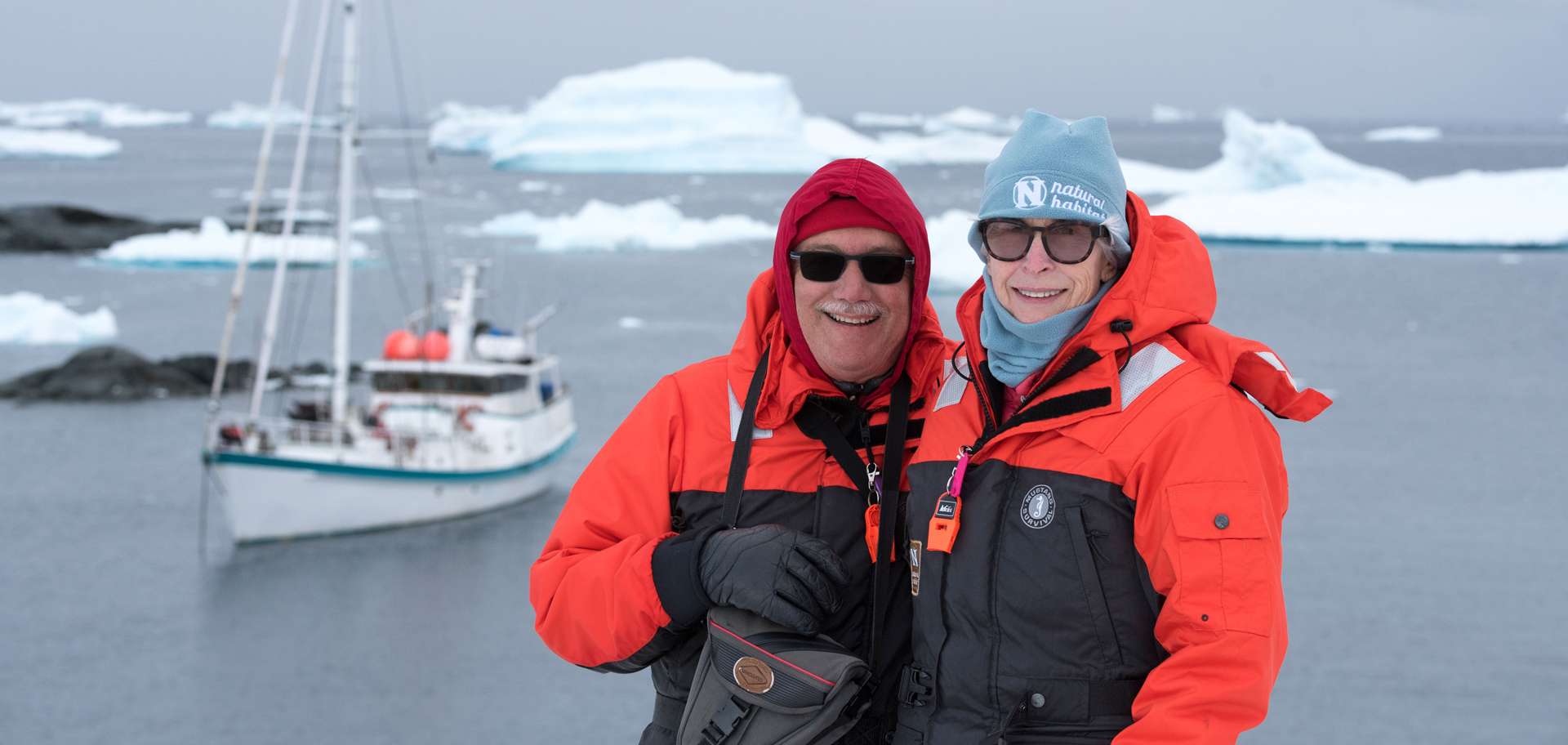
Tourists who go to Antarctica primarily for social bonding reasons may not want to attend lectures. Tour providers will have to deliver conservation and environmental messages in new ways. ©Colby J. Brokvist
Surprisingly, the researchers also found there was a relationship between tourists’ perceptions of how much they learned about Antarctica and its ecosystem and their intentions to change their environmental behaviors. If they felt they got something from the learning experience, then they were more likely to change what they did after the trip. That has important implications for communicators, educators and tour operators and suggests that perception means a lot to people; it’s part of the experience.
The researchers say they want to study actual behavioral changes in future work, as well as look at Antarctic tourism after the pandemic closures and slowdowns. COVID may have caused people to see the world a little bit differently, they postulate.
The wisdom of those who have been there
“You can’t protect what you don’t know,” Lars-Eric Lindblad, leader of the first commercial Antarctica cruise in 1966, once said. And “we should have the sense to leave just one place alone,” stated Sir Peter Scott, founder of World Wildlife Fund and son of Antarctic explorer Robert Falcon Scott.
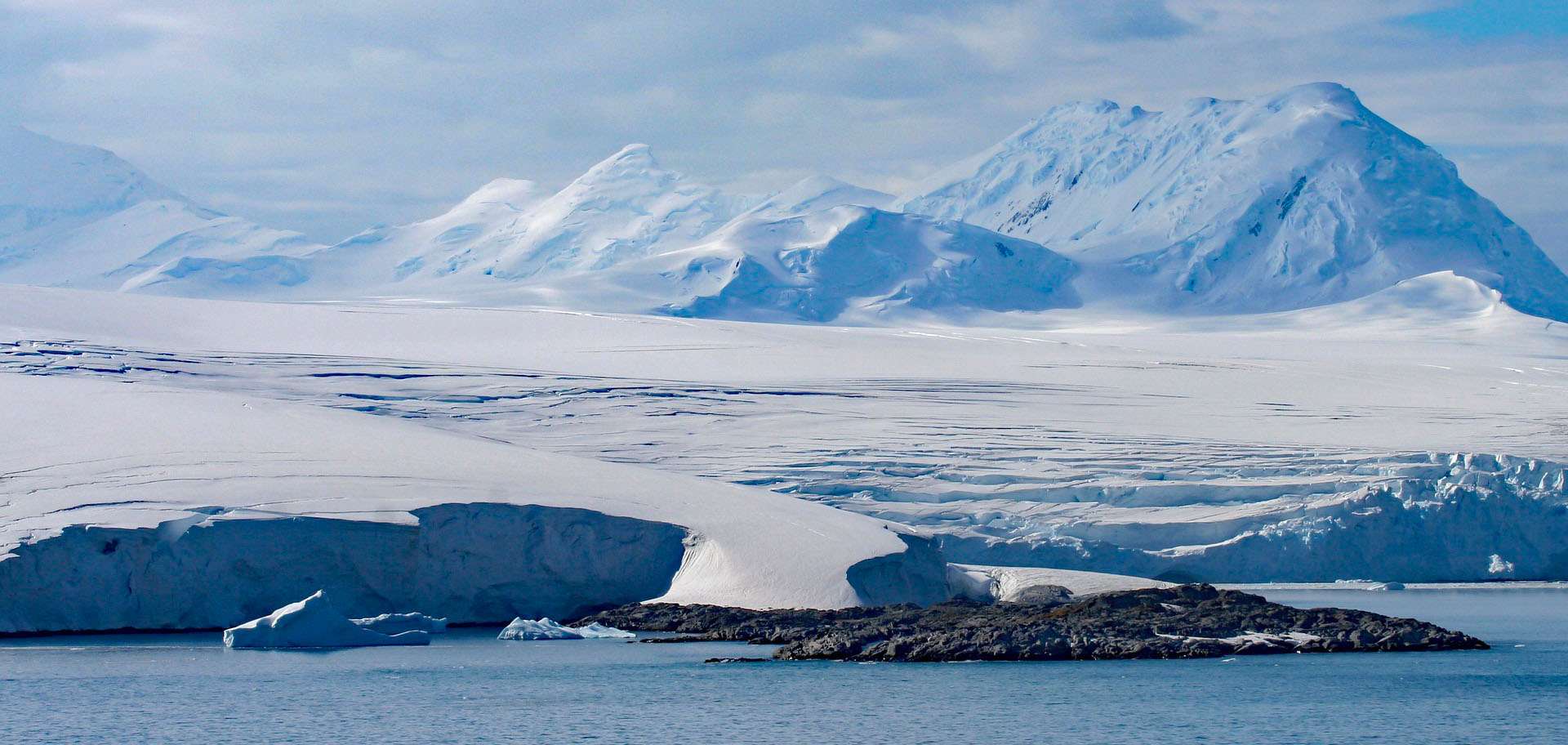
I think the reality—and the idea—of Antarctica reflects us at our best.
There is a lot of wisdom in both these quotes. Sir Peter Scott is right; there are certainly environmental implications of tourism to Antarctica. But, as Lars-Eric Lindblad implied, if done responsibly, visiting Antarctica can teach people a lot about this unique continent’s environment.
I, however, keep going back to the thoughts of Wallace Stegner. I think that, more than anything, Antarctica reflects us at our best rather than our worst.
Here’s to finding your true places and natural habitats,
Candy

